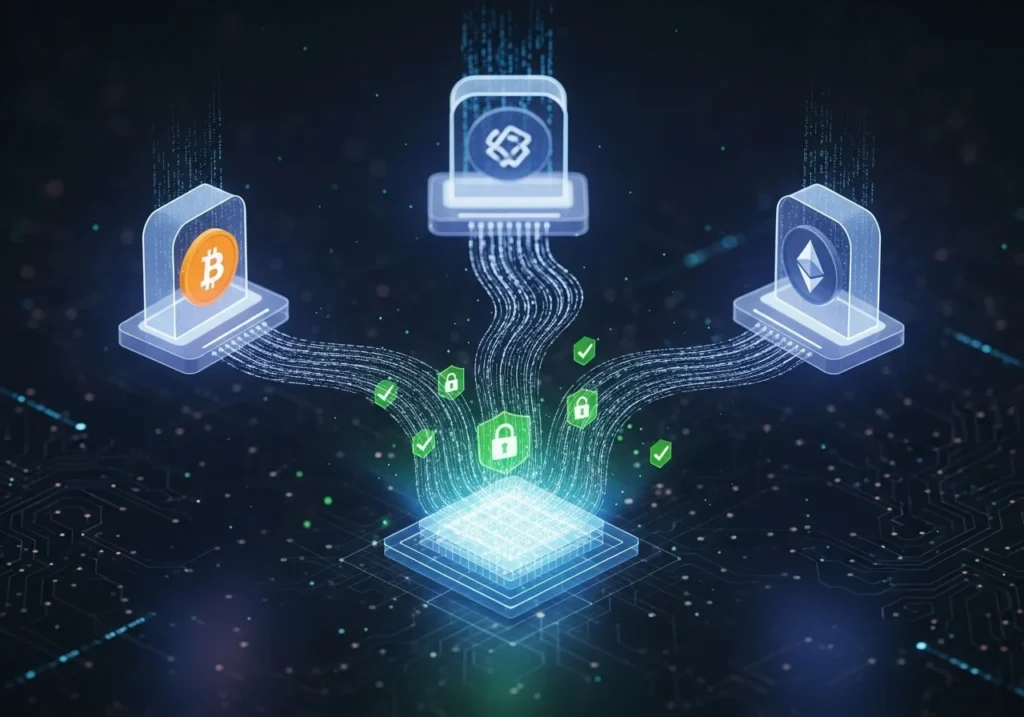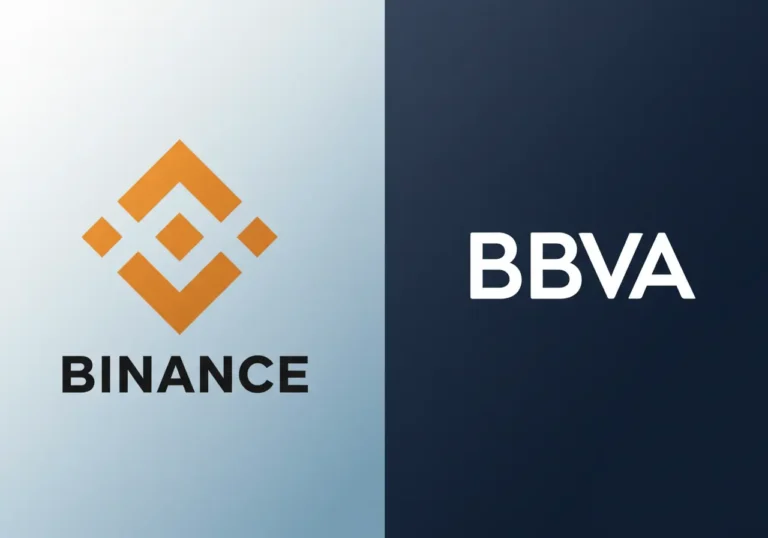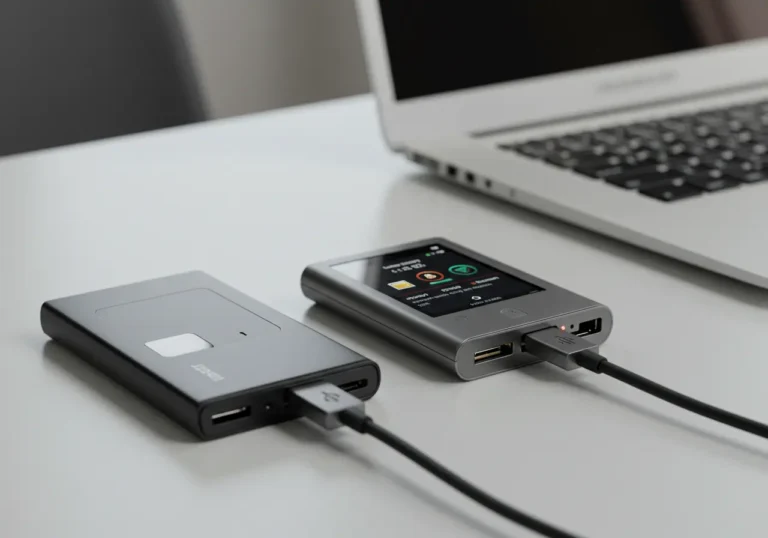MPC (Multi-Party Computation) Wallets: Advanced Security Without a Single Private Key
I’ll be honest: thinking about private keys can feel scary. One lost file or one compromised device and your funds can vanish. Many people ask: is there a safer way to store crypto that still lets me move money when I need to? The short answer is yes — and that is where MPC comes in.
MPC puts safety first by splitting the power of a private key across multiple parties. You don’t ever hold one giant secret in one place. That simple idea changes the game for both everyday users and institutions.
What is MPC and how does it work?

MPC stands for Multi-Party Computation. At its core, MPC is a set of cryptographic methods that lets several parties work together to perform a calculation — like creating a digital signature — without any one party revealing its secret share to the others.
Imagine a safe that needs three keys to open, but no single person ever holds all three keys on their own. Instead of assembling the full key, the three people press parts of a code on their own devices. The safe opens only when the correct combination is produced — and nobody ever saw the full code at once. That is the everyday idea behind Multi-Party Computation.
Signing without reconstructing the key
In a regular wallet, you have one private key. When you sign a transaction, the wallet uses that key to approve the move. If someone steals that key, they can steal your money.
With an MPC wallet, the signing process is split. Each participant holds a secret share. They run a joint protocol that produces a valid blockchain signature. The signature looks the same to the blockchain as one from a normal private key. But critically, the private key was never reassembled or exposed during the process.
Threshold and flexibility
Most MPC systems use a “threshold” model. For example, in a 2-of-3 setup, any two shares can cooperate to sign. If one device is lost, the other two can still operate. This makes recovery and availability easier to manage. You can design systems to match your risk appetite: 2-of-2 for tight control, 3-of-5 for balanced resilience, or custom setups for enterprises.
Why MPC matters — benefits for people and businesses

Here’s why MPC wallets are gaining traction.
- No single point of failure. There is no single private key to steal. An attacker must breach multiple, separate shares to gain control.
- Improved user experience. Unlike traditional multi-sig that needs multiple on-chain operations and can be slow or costly, MPC signatures are native and compact. They act like a normal single-signature transaction on the blockchain.
- Flexible recovery. If one device fails, recovery can be achieved through the remaining shares — no awkward backups of long seed phrases.
- Enterprise controls. Companies can create policies: require approvals, add timelocks, or require an approval from a compliance node before funds move.
- Interoperability. MPC-generated signatures can be compatible with existing blockchain standards, depending on the signature scheme.
A simple example: Alice’s personal MPC wallet
Alice is cautious. She uses an MPC wallet split between her phone, a hardware key she keeps at home, and a secure cloud-based service. The wallet is configured as 2-of-3.
When Alice wants to send funds, her phone and the cloud service cooperate to sign the transaction. Her hardware key is a backup — if she loses her phone, the hardware plus cloud signs. If her cloud account is compromised, the attacker still needs one of Alice’s devices to move funds. The private key never exists in one place.
How MPC differs from multisig and hardware wallets

Don’t confuse MPC with regular multisig or standard hardware wallets — they aim for similar safety but take different routes.
- Hardware wallets keep one private key on a device. They are strong, but the key is still single and must be backed up.
- On-chain multisig uses multiple public keys and smart contracts. It’s transparent and robust, but it can be more expensive to use and might expose your multi-signature setup on-chain.
- MPC keeps the ecosystem off-chain: shares sign together and the blockchain sees only a normal-looking signature. This often improves privacy and reduces fees.
Common concerns and trade-offs
MPC is powerful, but not magic. Here are real trade-offs to understand.
- Complexity. MPC protocols and implementations are more complex than a single-key wallet. Complexity can hide bugs if not carefully audited.
- Trust assumptions. Some MPC setups rely on a coordinating server. If that server is malicious or compromised, the system could be at risk. Good designs minimize this risk or use decentralized coordination.
- Performance. Signing with many parties can be slower than single-key signing, though modern implementations are fast enough for most uses.
- Recovery policies. While MPC reduces reliance on seed phrases, recovery requires careful planning and secure procedures.
Security threats and how MPC defends against them
MPC reduces many risks, but attackers still have options. Here’s what to watch for and how MPC addresses them.
- Device compromise: If one device is hacked, the attacker only gets one share. They still need other shares to sign.
- Coordinating server attacks: Use threshold protocols that don’t require a single coordinator to be trusted, or run the coordinator in secure enclaves and rotate keys.
- Insider threats: Design the setup so that no single insider can sign alone. Require multiple approvals.
- Side-channel leaks: Solid implementations use protections against timing or power analysis leaks on devices and secure hardware.
Practical implementations and ecosystem
Many companies and open-source projects now offer MPC wallets and SDKs. Some focus on institutional custody, others on consumer wallets. A few points about adoption:
- Enterprise adoption: Banks and custodians like MPC because it lets them split control between security, operations, and compliance teams.
- Consumer wallets: Some consumer wallets use MPC behind the scenes to avoid scary seed phrases for users.
- Standards: Protocols for threshold signatures (including Schnorr-based systems) make MPC more efficient. Newer algorithms aim to support common blockchains easily.
How to choose an MPC wallet — practical checklist
If you’re considering an MPC wallet, these steps help you choose wisely.
- Audit and reputation: Pick vendors with public security audits and a track record.
- Open vs closed source: Prefer transparent implementations when possible.
- Recovery model: Understand how you recover shares and how many devices you need.
- Trust model: Know whether a third-party coordinator is used and how it’s secured.
- Usability: Check how easy it is to send and receive funds, and how the wallet handles updates.
- Regulation and custody: For businesses, check legal and compliance implications.
Implementation notes for developers
If you build with MPC:
- Use battle-tested libraries and follow cryptographic best practices.
- Log activity but do not store secret shares in logs.
- Test recovery paths thoroughly.
- Plan for software updates and key rotations.
Real-world adoption: who’s using MPC today?
MPC is used by exchanges, custodians, wallets, and institutional clients. It’s popular because it lets organizations tighten internal controls without sacrificing user experience. Many startups focus on enabling MPC for smaller teams and developers through APIs.
Practical tips for everyday users
- Use MPC wallets if you want better safety than a single hardware wallet and smoother UX than on-chain multisig.
- Keep at least one share on a hardware device you control.
- Keep recovery instructions separate and secure — written and stored in a safe place.
- Regularly review your provider’s security updates and audits.
Conclusion — why MPC deserves your attention
MPC makes crypto safer by design. It removes the blunt risk of a single private key and replaces it with distributed security that matches the realities of modern life. You get resilience, smoother user flows, and control that fits both personal and enterprise needs. If you care about long-term protection and practicality, MPC is worth learning about.
Quick summary
- MPC means signing transactions together without ever revealing a single private key.
- It offers resilience and flexible recovery through threshold models.
- MPC improves UX compared to on-chain multisig and reduces fees.
- Trade-offs include complexity and the need to understand trust models.
- Choose audited, well-reviewed implementations and plan recovery carefully.
- Good for individuals who want better security and for institutions that need strong controls.
FAQ
Q: Is MPC the same as multisig?
A: No. Both split control, but MPC produces a single on-chain signature and often keeps details off-chain, while multisig uses multiple on-chain keys and contracts.
Q: Can MPC wallets be hacked?
A: Any system can be attacked. MPC reduces risk by requiring multiple compromises. Use audited vendors and secure devices.
Q: Do I still need a hardware wallet with MPC?
A: Hardware devices are a strong option for storing one share. Many setups combine MPC with hardware for extra safety.
Q: Is recovery easy if I lose a device?
A: Recovery depends on your threshold and what backup shares exist. Plan your recovery steps beforehand.
Q: Will MPC work with my favorite blockchain?
A: Many blockchains support MPC-generated signatures (especially with Schnorr-style signatures). Check your provider for compatibility.

Hello, I’m Edmilson Dias, founder of CoinBringer. I created this platform to guide people through the fast-moving world of cryptocurrency with clarity and safety. With years of research in blockchain and digital security, my goal is to translate complex topics into practical knowledge, offering reliable tutorials, safety insights, and guidance for both newcomers and experienced users.
Discover more from CoinBringer
Subscribe to get the latest posts sent to your email.







